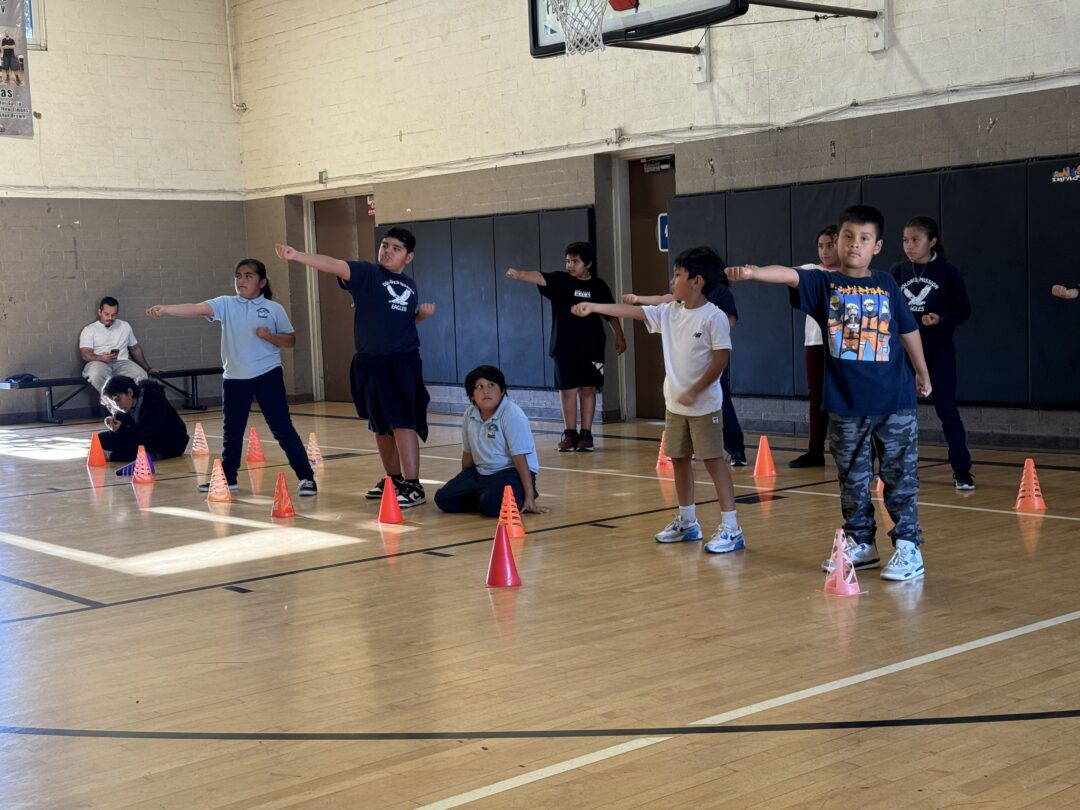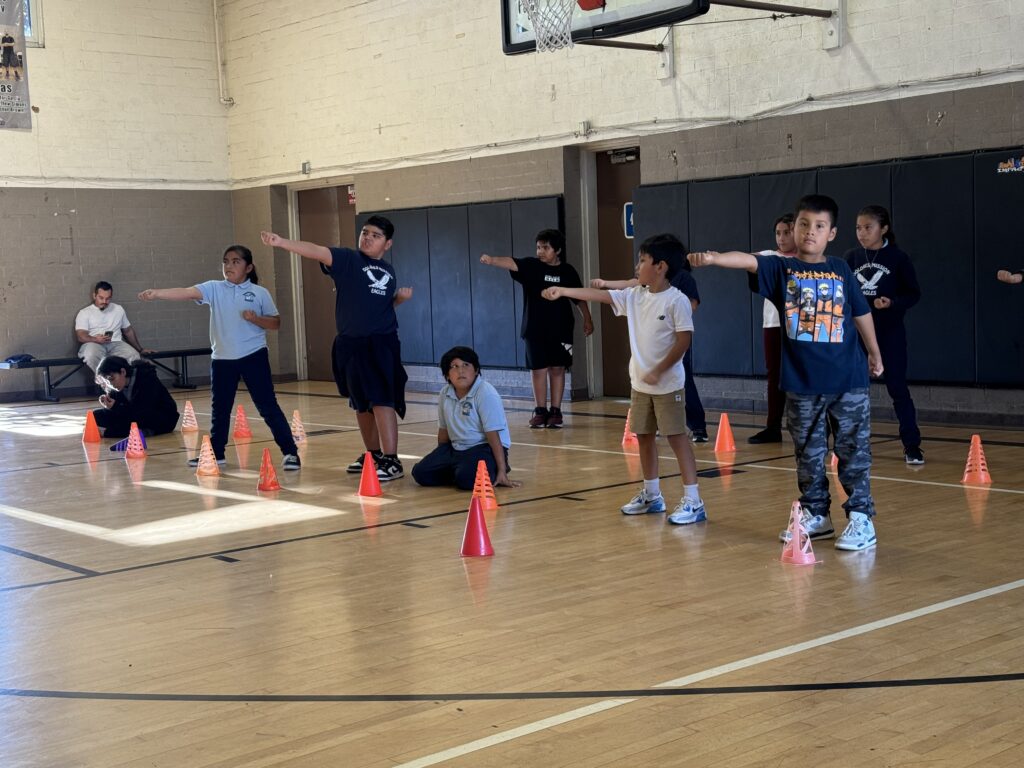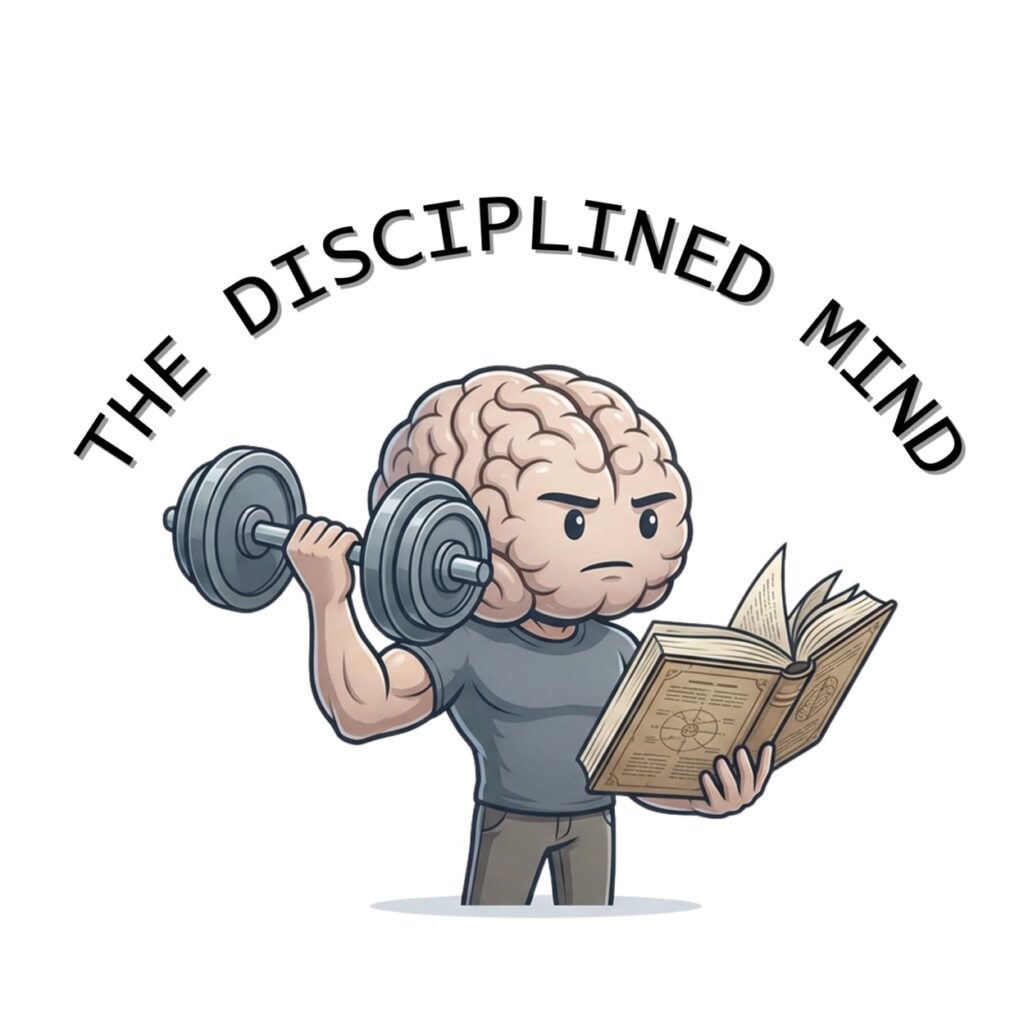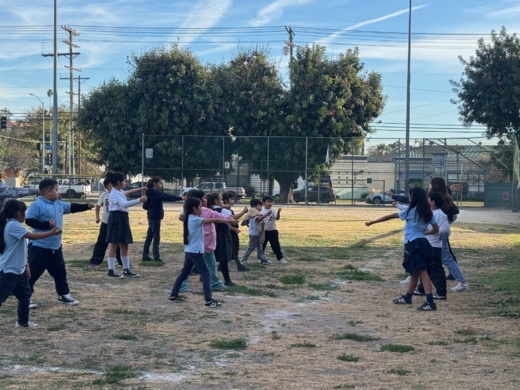Let’s be honest: When it comes to supporting kids with disabilities, we’ve come a long way over the years…but we can still improve. What is the best way to be supportive while empowering and building confidence? How do we promote inclusivity while paying attention to the specific needs of all children?
These questions are especially important when we’re looking through a physical education scope. It’s not a secret that physical education is a vital piece to a child’s life. It promotes:
- Improved attention and memory.
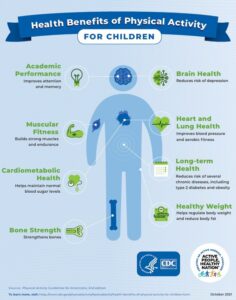
- Reduced risk of depression.
- Strong muscles and endurance.
- Improved blood pressure and aerobic fitness.
- Maintaining normal blood sugar levels, sometimes called cardiometabolic health.
- Reduced risk of several chronic diseases, including type 2 diabetes and obesity.
- Strengthened bones.
- Regulation of body weight and reduced body fat (CDC, 2025).
While general “gym” classes are relatively common across the country in schools and there are varying requirements for children to participate, we have heard from many different administrative leaders that they’d like to find something that is a cut above. Something that exceeds the traditional physical education repertoire.
Enter martial arts.
Martial arts is a time-honored discipline that builds physical development as well as mental and emotional resilience. Through consistent training and a mind-body approach, it lays the foundation for improved academics, heightened self-awareness, increased confidence and self-esteem, and overall positive growth. It’s a one-two punch of strength and self-mastery—pun intended!
However, when we’re discussing the importance of physical education and martial arts in a neurodiverse world, it’s fair to say that parents and educators might wonder: Do children with special needs need their own physical education/martial arts classes? How can we ensure safety in a class like this? Can they thrive alongside their peers in an inclusive space?
These are all fair questions. And the answer, like many things in child development, isn’t completely obvious. But one thing is clear: martial arts, when designed with inclusion in mind, can be a powerful, unifying force for all children, regardless of ability or prior experience.
The Myth of “Separate Is Better”
Many programs have modified or “special needs” versions of sports or activities, often out of genuine care and concern. But over time, we’ve realized that well-meaning separation can sometimes unintentionally do harm. It may limit social growth, reinforce stigma, and create a sense of loneliness that follows a child into different corners of their life.
Inclusive programs, on the other hand, do more than just bring kids together. They can build shared experiences, empathy, and understanding. A study in Remedial and Special Education found that inclusive environments, when thoughtfully designed, improve not only outcomes for students with disabilities but also for their neurotypical peers (Causton-Theoharis et al., 2011). That’s something we can all get behind.
At first glance, martial arts might seem like a stretch for inclusion. It’s disciplined. Structured. Demands coordination and focus. But dig a little deeper, and you’ll see why it works so well.
Unlike team sports where speed or competitiveness dominate, martial arts are about personal growth. They emphasize self-control, body awareness, and respect. They promote goal setting and encourage consistency in training. Each martial arts student is on their own journey…and that’s where the magic lies.
When you shift the focus from uniformity to progress, from perfection to participation, martial arts can become one of the most inclusive physical activities out there.
Our Philosophy
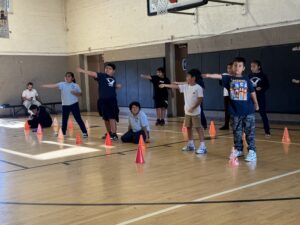 At Believing Through Achieving (BTA), we don’t separate kids by diagnosis. We meet them where they are: whether they’re working on coordination, communication, or confidence, we have a program for them.
At Believing Through Achieving (BTA), we don’t separate kids by diagnosis. We meet them where they are: whether they’re working on coordination, communication, or confidence, we have a program for them.
That’s why we built our platform to support a wide range of learners in the same environment. Our video-based lessons allow students to learn at their own pace, replay as often as needed, and build skills over time. No need for a partner. No pressure to perform. No extra confusing equipment to manage. Just meaningful progress, one movement at a time.
Students can train at home with the support of a parent or caregiver or engage in the program within a school or community center setting, guided by teachers or staff. Older students can navigate the program on their own, building a sense of independence. Our curriculum is designed to accommodate individuals who may experience anxiety in group environments like traditional martial arts classes, while still thriving in structured group settings such as adaptive physical education. Flexibility and functionality have been a central focus to our program’s design.
Here’s what the data says about martial arts:
- 🧠 Self-Regulation & Focus: Martial arts have been shown to improve attention span, emotional control, and impulse management which is especially helpful for kids with ADHD, autism, or anxiety (Lakes & Hoyt, 2004).
- 💪 Motor Planning & Coordination: Repetitive, structured movement supports balance, bilateral movement, and spatial awareness, all of which are foundational skills in physical and cognitive development (Kim et al., 2016).
- 💬 Social-Emotional Learning: SEL is woven into the heart of martial arts—think mutual respect, managing emotions, and understanding your role in a group. One massive study found that school-based SEL programs improved outcomes across the board (Durlak et al., 2011).
- 🌱 Confidence & Growth Mindset: When students master a new skill or earn their next belt, they experience a tangible sense of achievement. That momentum builds resilience—and for many kids, it’s the first time they genuinely believe in their own potential (Zivin et al., 2001).
Now, we’ve heard the questions before:
- “Will my child fall behind in a group martial arts class?”
- “Will the neurotypical students still be challenged?”
- “What if the instructor doesn’t know how to adapt for disabilities?”
These are real concerns—and they deserve real answers.
The truth is that inclusive martial arts with us doesn’t mean lowering expectations. It means broadening how we teach. At BTA, we designed a revolutionary tiered system that supports each child’s development, no matter where they’re starting. And because our platform is online and flexible, instructors, parents, and therapists can step in at any point to guide the learning in a way that feels supportive—not overwhelming.
Our curriculum is organized into three key tiers:
- Tier 1: One movement at a time (e.g., one punch, one stance). Great for beginners or those who need repetition.
- Tier 2: Pairs of movements (e.g., block + punch). Focus on sequencing and rhythm.
- Tier 3: More complex combos (e.g., block, punch, kick). Designed to build fluency and confidence.
Each tier builds not just physical strength, but cognitive strength, too. The best part? Students aren’t “held back” or “pushed forward.” They progress at their own pace, and the tiered structure keeps things engaging and attainable.
Why Traditional Programs Often Miss the Mark
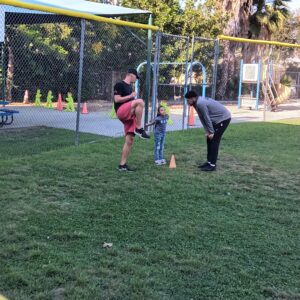 Let’s paint a picture. A family enrolls their child in a traditional martial arts class. The child struggles with sensory sensitivity and becomes distressed by the loud kiais (shouts), quick drills, required sparring, and maybe even the group itself. They might need more processing time. Maybe they struggle with transitions. Maybe they don’t even like the uniform or required gear, and it makes them uncomfortable.
Let’s paint a picture. A family enrolls their child in a traditional martial arts class. The child struggles with sensory sensitivity and becomes distressed by the loud kiais (shouts), quick drills, required sparring, and maybe even the group itself. They might need more processing time. Maybe they struggle with transitions. Maybe they don’t even like the uniform or required gear, and it makes them uncomfortable.
We’ve even had students come to us that were just plain intimidated overall by a traditional class. They felt like they stood out, and the unnecessary extra attention made them feel extreme anxiety regardless of how much the instructor tried to assist or accommodate.
Many of our parents have also discussed that sometimes, it just isn’t a good time. Their child might be struggling with various challenges on that day, and they don’t feel like training for one reason or another. With our program, that’s ok…but in traditional classes, this often means that child will fall behind.
Even the instructors, while well-intentioned, often aren’t trained for inclusive martial arts and the child either melts down or quietly fades out. Eventually, they stop going altogether.
This happens way more often than people realize. It’s not that traditional dojos don’t care. But many simply weren’t built with neurodiverse or disabled learners in mind and their curriculum just isn’t flexible enough to accommodate.
That’s why we don’t just offer “an alternative”—we’ve created an inclusive-first solution.
Because our curriculum is built on the individual student, each student can progress as quickly or as slowly as they like. The material is available for them from the moment they sign up. They can practice at home as well, providing other avenues to “level up” if it just isn’t a good week.
But it’s important to know that our program is not just about inclusion. It’s about empowerment.
When children see themselves reflected in an activity—when they’re not told to sit out, wait, or watch, they begin to internalize a different narrative: I belong here. This is where true transformation takes place.
And that belief? It doesn’t just stay on the mat. It follows them into the classroom, the playground, the therapist’s office, and eventually, the world.
Martial arts are transformative: for children and adults, both neurotypical and neurodiverse. We don’t need to ask any more if kids with disabilities need their own martial arts class.
We know that here at Believing Through Achieving, that class already exists…and we’re building it bigger every day.
Ready to Train Together?
Whether you’re a teacher trying to bring inclusive physical education into your school, a therapist looking to incorporate movement into your sessions, or a parent seeking a safe and meaningful activity for your child—BTA is here for you.
Click Here – It’s completely free up to yellow belt, and we’re passionate about making sure that every child gets a chance to build strength, confidence, and community—on their own terms. Reach out to us today to see how YOU can bring inclusive, flexible martial arts into your school, community center, office, or home today.
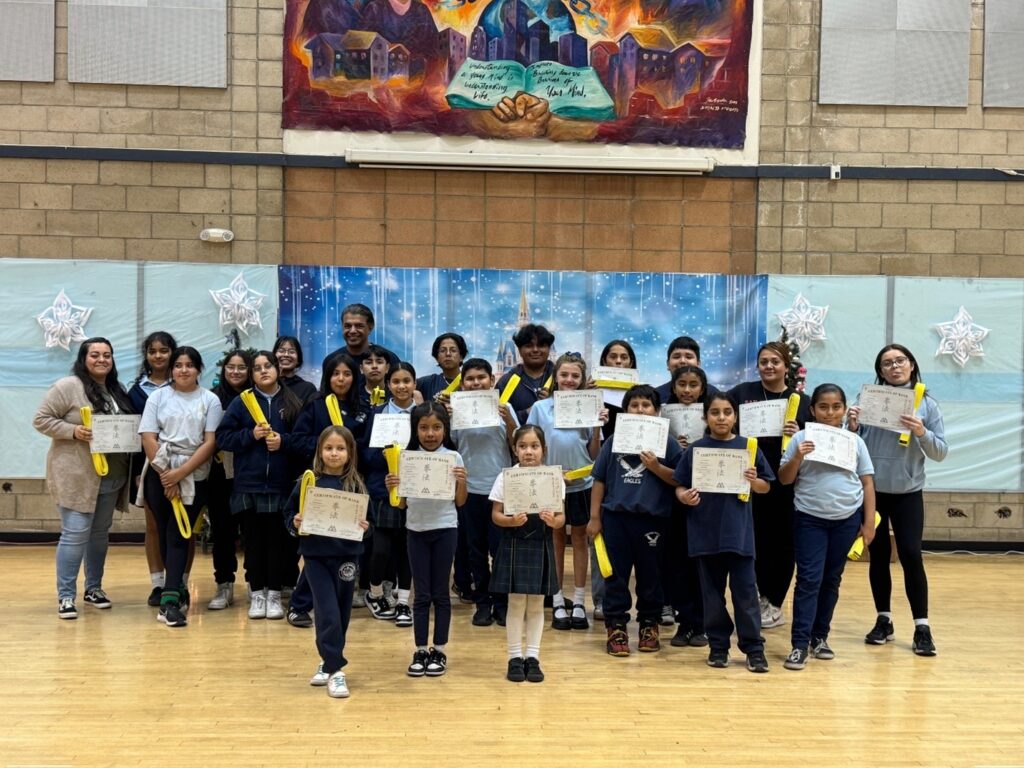
References
Causton-Theoharis, J., Theoharis, G., Orsati, F., & Cosier, M. (2011). Does Self-Contained Special Education Deliver on Its Promises? A Critical Inquiry into Research and Practice. Remedial and Special Education, 32(6), 393–404.
CDC. (2025). Physical Activity Basics. Retrieved from https://www.cdc.gov/physical-activity-basics/health-benefits/children.html
Durlak, J. A., Weissberg, R. P., Dymnicki, A. B., Taylor, R. D., & Schellinger, K. B. (2011). The Impact of Enhancing Students’ Social and Emotional Learning: A Meta‐Analysis of School‐Based Universal Interventions. Child Development, 82(1), 405–432.
Kim, H. J., Kim, N. R., & Chung, Y. C. (2016). The effects of martial arts training on children with developmental disabilities. Journal of Physical Therapy Science, 28(2), 527–531.
Lakes, K. D., & Hoyt, W. T. (2004). Promoting self-regulation through school-based martial arts training. Journal of Applied Developmental Psychology, 25(3), 283–302. https://doi.org/10.1016/j.appdev.2004.04.002
Shogren, K. A., McCart, A. B., Lyon, K. J., & Sailor, W. (2015). All Means All: Building Knowledge for Inclusive Schoolwide Transformation. Research and Practice for Persons with Severe Disabilities, 40(3), 173–191. https://doi.org/10.1177/1540796915586191
Zivin, G., Hassan, N. R., DePaula, G. F., Monti, D. A., Harlan, C., Hossain, K. D., & Patterson, K. (2001). An effective approach to violence prevention: traditional martial arts in middle school. Adolescence, 36(143), 443–459.
